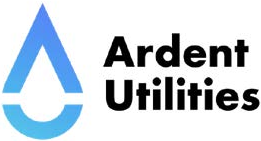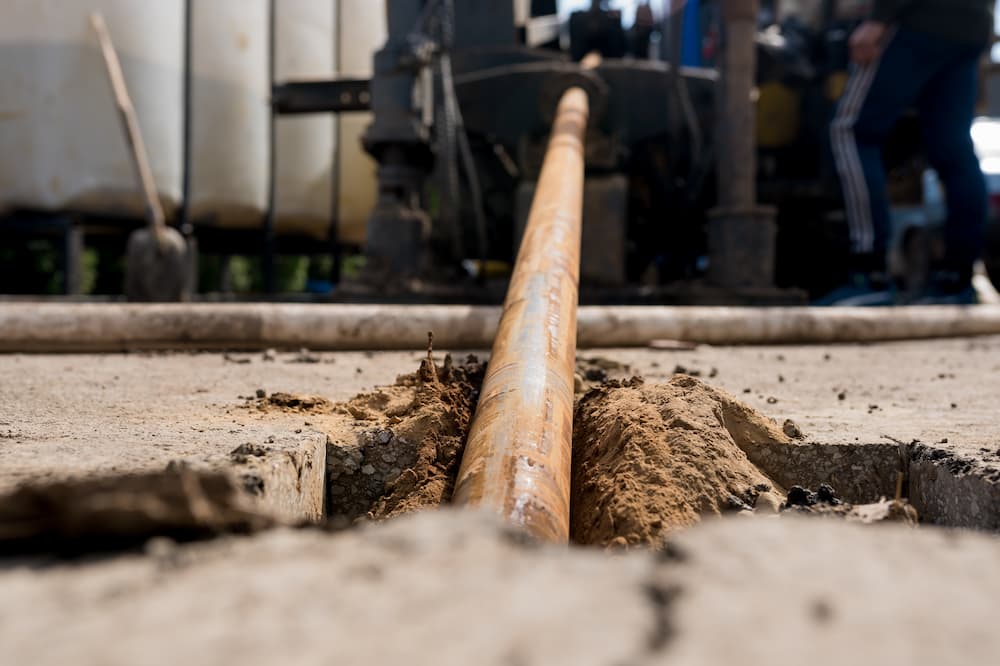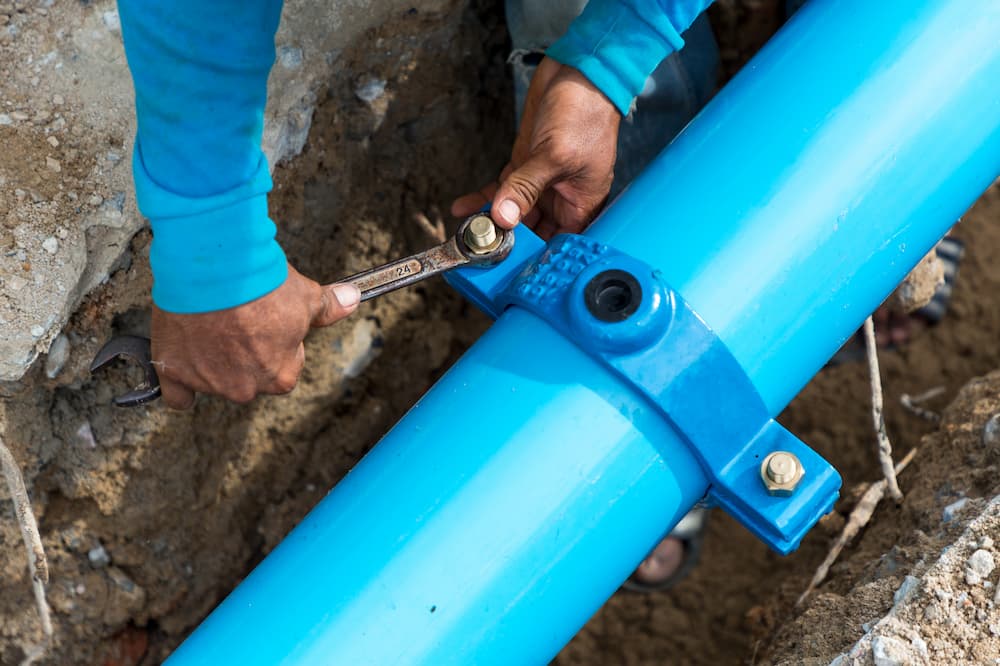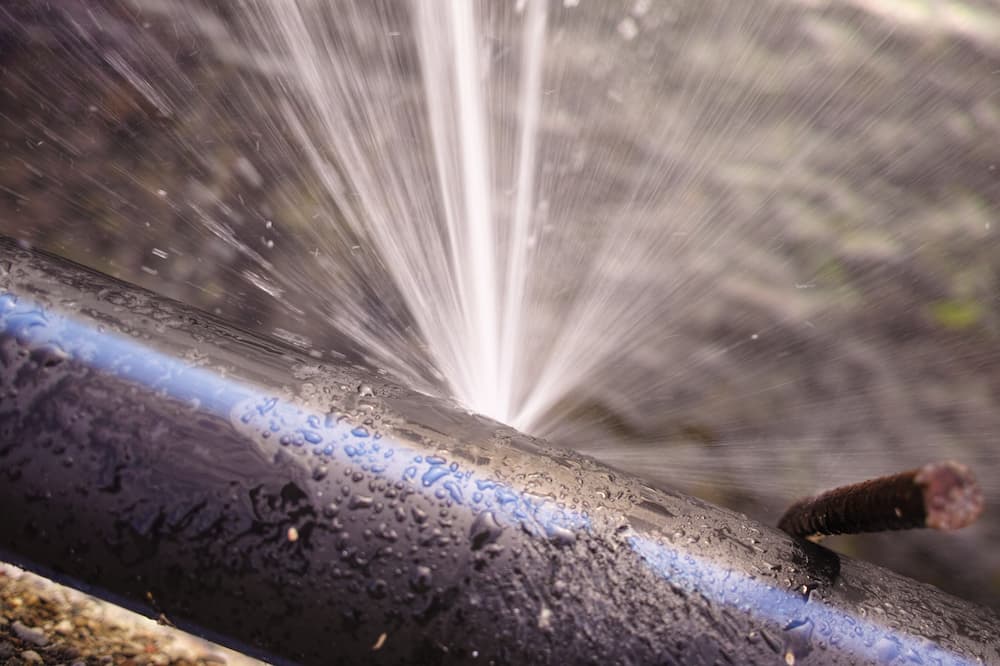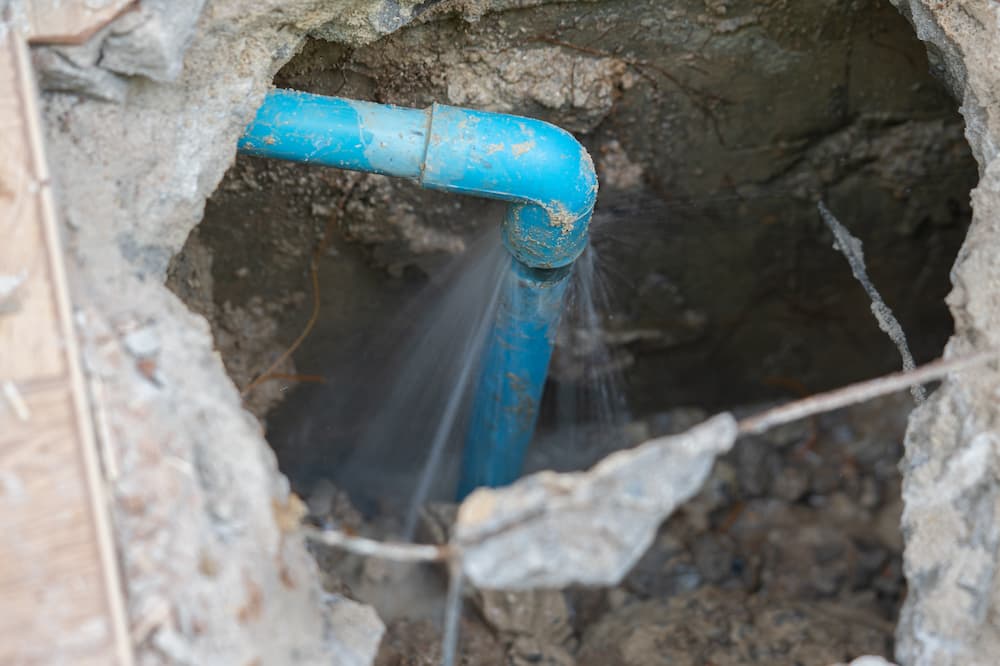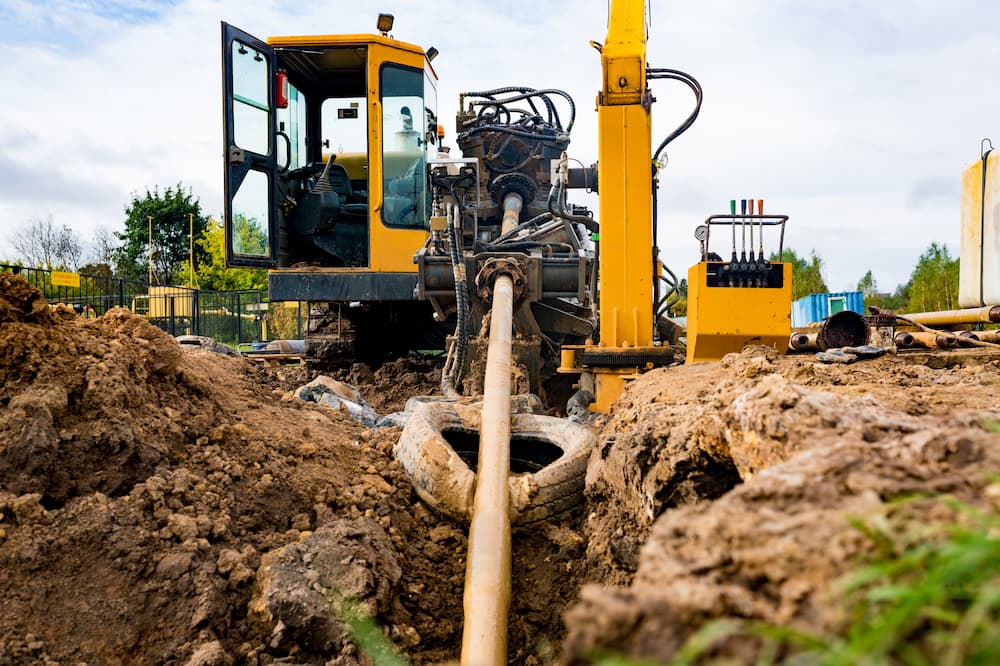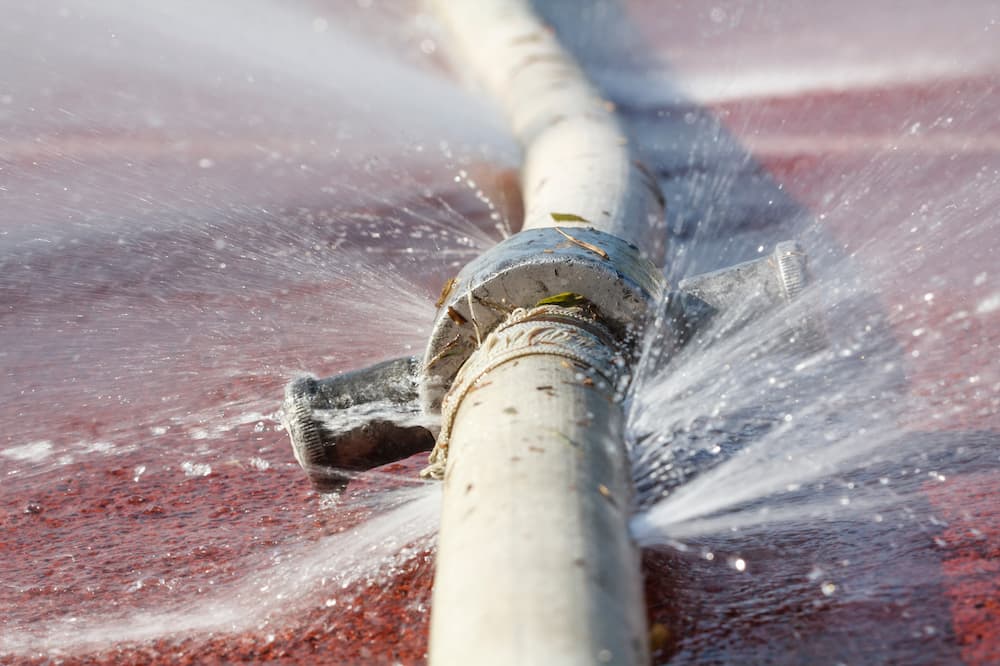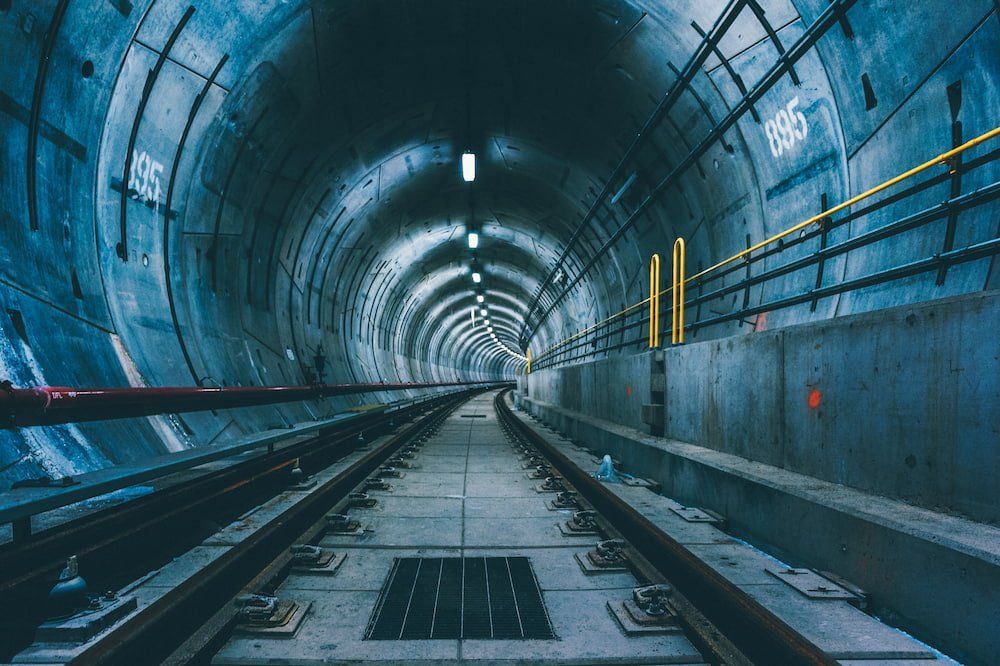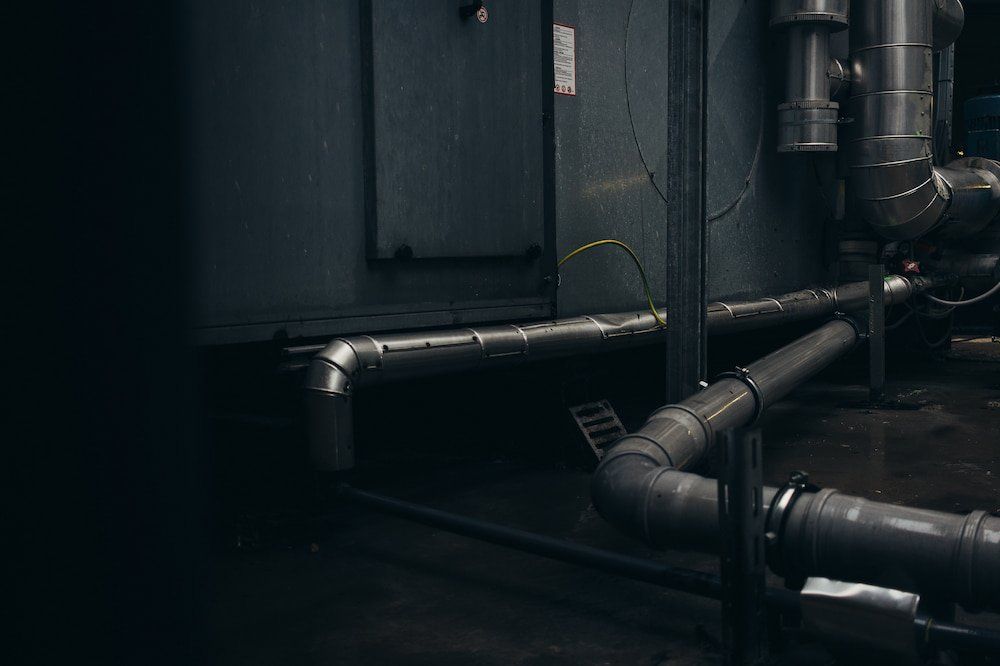Understanding Underground Moling In Construction
Moling is a trenchless method of installing underground small-diameter pipes, cables, and ducts in the construction industry. Construction companies use this technique to install water pipes, gas, heating coils of heating pump systems, and even sewage mains.
This technique is the most appropriate for compressible soils because it uses displacement to create a bore. This technique uses a mole ( a pneumatic-driven machine) to force its way through the ground along the required path.
This causes it to displace the soil, rather than remove it. These impact moles usually come in all sizes, from about 25mm diameters to around 63mm diameters. Underground moling is a widely accepted method because it minimises the need for excavation.
Some other names for impact moles are; soil displacement hammer, piercing tool, and pneumatic impact mole.
Advantages of impact moling
Some of the advantages of impact moling are:
● It is simple to operate.
● It has low operational costs.
● Public disruption is minimised.
However, it is important to note that difficulties can arise from the use of cobbles, dry dense clays, gravel and loose sands.
The impact moling equipment
The impact moling equipment usually has three main components. They are:
● The pneumatic compressor and hoses are the main source of power. The power could also be generated using a hydraulic system.
● The mole is a cylindrical sheath with an inner piston and a pointed tip.
● The aiming sight, for setting up the direction of the bore.
Application of impact moling
In times past, impact moling was only used for short bores with small diameters. However, in recent times, longer bores are now available due to newer models of steering. An average
impact moling tunnel length is about 15m, which can extend to over 60m with steering. The diameter limit for moling ranges from 20mm to 180mm.
How to install and operate the underground mole
Setting Up
The first thing required in setting up an impact mole is to make the entry pits and the exit pits. This would help with the alignment and the gradient. The size of the pits would depend on the length of the mole, meaning that the longer the mole, the bigger the pits.
Note that a longer impact mole improves the boring accuracy, while a shorter impact mole reduces the environmental impact of the pits.
Once the pits are ready, contractors lay the launch cradle on the floor of the entry pit, with the impact mole ( and an aiming sight attached to it) on top of it.
Two operators are deployed, one looking through the aiming sight and the other standing at the exit pit with a marked rod. The operator then adjusts the launch cradle til the impact mole perfectly aligns with the desired path.
Operating the Impact Mole
The machine works with a hammering mechanism which is powered by pneumatic power. Each hammer punches the mole deeper into the ground creating a bore. The mole then penetrates the soil and breaks up small stones on its path.
Operators can monitor how close the mole is to its destination by checking the pneumatic hose markings. Once the mole is totally out of the ground at the exit pit, boring is complete. The mole is then removed and a pipe or cable is run back into the bore from the exit to the entrance pit.
Pulling the Pipe
The most common method of installing pipes with impact moling is the pull-back method. The pipe is pulled back from the exit pit to the entrance pit after impact moling is done.
The mole is usually at least 10% bigger than the pipes, making the bore oversized. This makes it easy to pull the pipe back through the bore without any serious hassle. This ease is because impact moling uses straight lines and is usually done on short distances.
Precaution
● Always keep in mind that the impact moling bores should have a minimum depth of 1m or be 10 times the pipe diameter. This would reduce the consequence of a bore collapse.
● Survey underground installations before commencing the project. This would prevent striking other underground pipes or utilities during installation.
● Machines should be handled by a professional or under supervision.
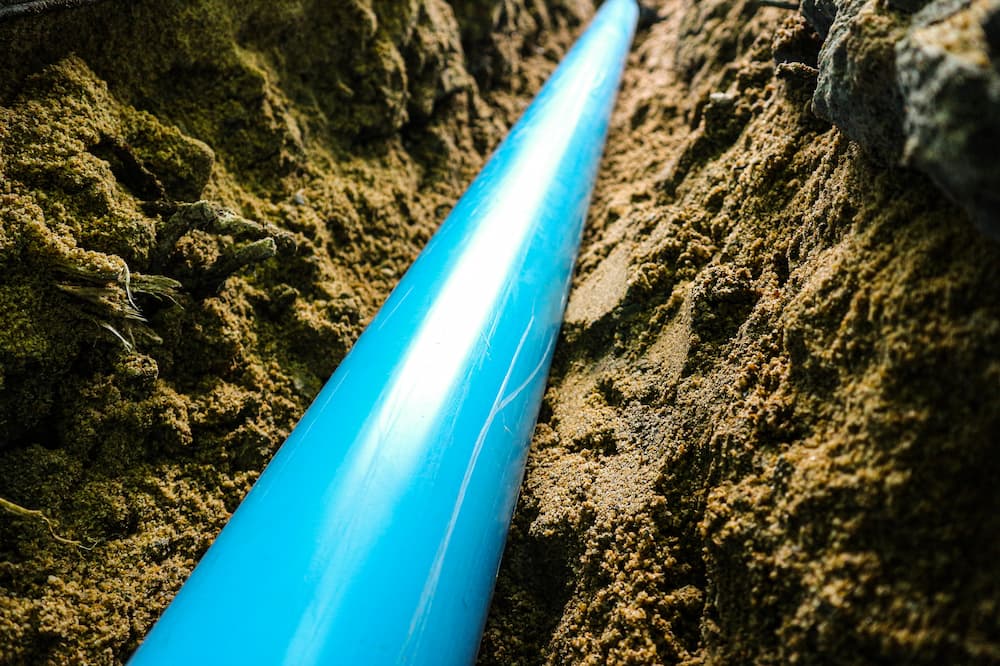
CONTACT
3 Ridgewood Drive,
Birkenhead, Wirral
CH61 8RA, UK
T: 0800 009 2964
E: enquiries@ardentutilities.co.uk
